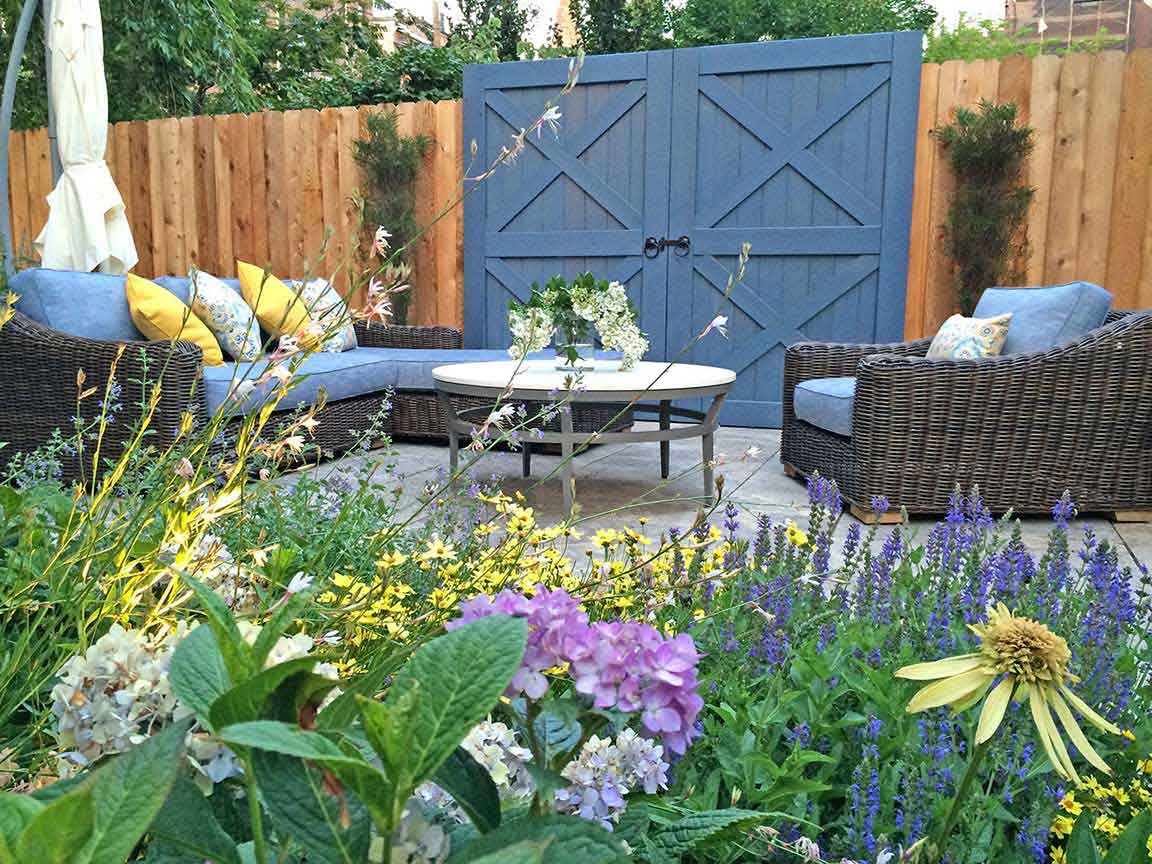Gardens can summon sensual responses including what we hear. Learn how landscape design can stimulate all of our senses, not just what we view.
Read More
Psychology
Gardens can summon sensual responses including what we hear. Learn how landscape design can stimulate all of our senses, not just what we view.
Read MoreI'm mad about blue! I find blue to be an alluring color to design with. A less common color in nature, it’s a challenge to find true blue in flower form.
Read MoreThe psychology, effect and emotional response of color in the garden by Wassily Kandinsky, Faber Birren, Christopher Lloyd and Margaret Roach.
Read MoreWhy do we appreciate certain landscape design and shun others?
Prospect-Refuge theory is a concept established by Jay Appleton in his 1975 text - The Experience of Landscape. (Rather expensive, if you can locate it!) His idea is that human aesthetic experience of landscape is based on perceptions that are evolved for survival. The concept is rooted in evolutionary psychology. On one hand you have places to hide, versus areas which are escape routes, places with a clear view.
Appleton predicts that within a given landscape preferred locations are found at interfaces between prospect-dominant and refuge-dominant areas. These vantage points combine unimpeded visual prospects with a ready opportunity for concealment and/or withdrawal to a safe refuge. Thus a treeless landscape is less visually attractive than a habitat containing isolated trees that can provide opportunities to hide or escape from potential predators.
Landscapes that enable prospect while providing refuge are considered desirable when designing the sensory driven landscape.